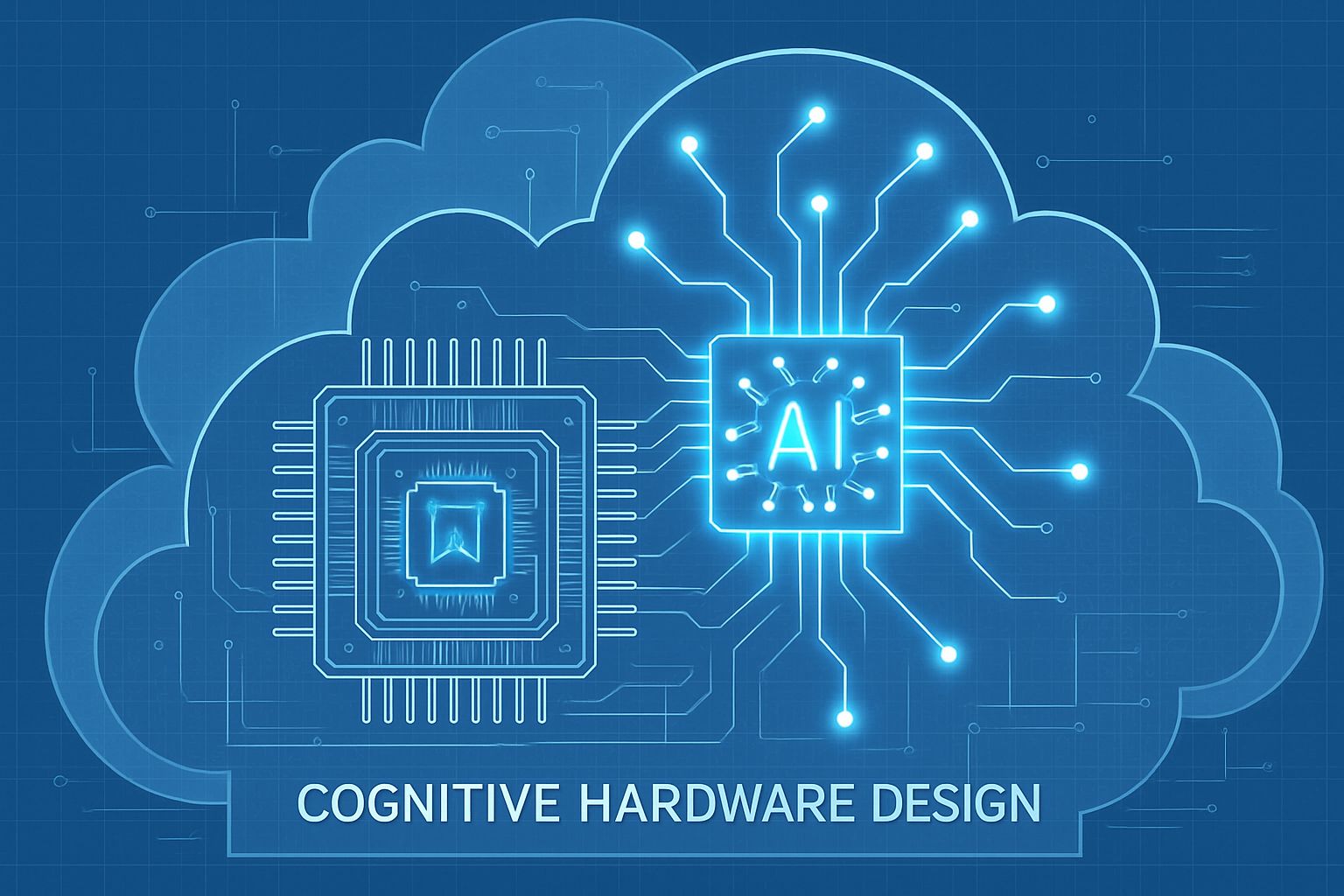
AI CERTs
13 hours ago
Cognitive Hardware Design reshapes Azure roadmap
Microsoft has triggered a fresh hardware race. In November 2025, CEO Satya Nadella confirmed that Azure will adopt OpenAI’s system-level chip blueprints. Consequently, the cloud giant gains a shortcut to custom accelerators. This move spotlights Cognitive Hardware Design and its role in hyperscale computing.
Furthermore, the announcement widens Microsoft’s access window to OpenAI intellectual property until 2032. Meanwhile, competitors still depend on Nvidia’s GPUs, which control more than 80 percent of the market. Therefore, many analysts see new AI compute synergy opportunities emerging.

Microsoft OpenAI Hardware Pact
Nadella told podcaster Dwarkesh Patel, “We instantiate what they build, then we extend it.” The comment signals a joint roadmap beyond mere licensing. Moreover, industry coverage from DatacenterDynamics states that Microsoft now holds IP rights for OpenAI’s custom semiconductors.
Reuters earlier reported OpenAI’s collaboration with Broadcom and TSMC targeting 2026 tape-outs. In contrast, Microsoft’s existing Maia 100 accelerator already ships on a 5-nanometer node. Integrating both paths exemplifies neural chip fusion at cloud scale.
These facts underscore the pact’s depth. However, many contract clauses remain unpublished. Readers should watch for further disclosures.
Such transparency gaps demand follow-up analysis. Consequently, the next section details the blueprints themselves.
System Design Blueprints Explained
Cognitive Hardware Design covers more than silicon. It bundles chiplets, high-bandwidth memory, thermal envelopes, and rack-level networking. Additionally, it defines power distribution and liquid cooling loops needed for multi-gigawatt deployments.
OpenAI’s frameworks reportedly focus on inference efficiency. Microsoft’s Maia line favors training throughput. Combining them promises balanced AI compute synergy.
Key blueprint elements include:
- Chiplet mesh interposers for fast die-to-die links
- HBM stacks delivering beyond 3 TB/s bandwidth
- Liquid immersion modules lowering cooling costs
- Photonics backplanes cutting latency across racks
Each element must align with software, models, and datacenter grids. Therefore, Microsoft pursues vertical co-design to squeeze every watt.
Blueprint clarity accelerates production timelines. Nevertheless, infrastructure realities still pose hurdles. The roadmap section addresses those challenges next.
Azure Integration Roadmap Details
Microsoft plans phased deployments. Firstly, engineers will “instantiate” the OpenAI layouts for internal testing. Subsequently, the team will graft Azure-specific telemetry, firmware, and security modules.
Insiders expect pilot clusters within Fairwater sites by late 2026. Moreover, regions with ample renewable power receive priority to meet sustainability goals. Such staging reflects lessons learned from GPUs “sitting in inventory” due to power delays.
Another roadmap thread blends Maia and OpenAI accelerators under one scheduler. Consequently, customers can mix training and inference nodes transparently. This orchestration exemplifies ongoing neural chip fusion.
These milestones illustrate forward momentum. However, market forces could still reshape the timeline. The next section explores external pressures.
Market Forces And Risks
Nvidia dominance remains the prime catalyst. Furthermore, AMD pursues a share with MI300 parts. Consequently, hyperscalers crave cost relief and supply flexibility.
Yet execution risk looms. Fabricating advanced ASICs demands tight partnerships with foundries. In contrast, software delays can negate hardware gains. Regulatory scrutiny also intensifies because Microsoft holds exclusive OpenAI model access through 2032.
Analysts warn of power constraints. Several reports cite multi-gigawatt targets for new clusters. However, grid connections and permits lag silicon schedules.
Summarizing, market dynamics push innovation while exposing pitfalls. Therefore, operational realities deserve closer inspection next.
Operational Hurdles And Costs
Supplying tens of megawatts per site requires substation upgrades. Additionally, liquid cooling mandates specialized plumbing and safety protocols. Consequently, capital outlays soar before a single model trains.
Yield variability adds financial uncertainty. Even minor HBM defects can sink an entire package. Moreover, firmware tuning for hybrid topologies prolongs validation cycles, delaying revenue capture.
Nevertheless, vertical integration promises lower long-term total cost of ownership. Nadella called Microsoft a “speed-of-light execution partner,” betting that AI compute synergy offsets near-term pain.
Operational obstacles frame a high-stakes equation. However, understanding customer impact clarifies value streams. The following section explores that perspective.
Impact For Cloud Customers
Enterprises running large language models crave predictable performance. Consequently, tighter hardware-model coupling can cut latency and cost. Customers may soon select between Nvidia GPUs, Maia trainers, or OpenAI inference silicon.
Pricing remains undisclosed. Yet competition should downward-pressure accelerator hourly rates. Additionally, specialized silicon might unlock novel service tiers tuned for retrieval-augmented generation or multimodal workloads.
Developers will also gain toolchain support. Synopsys.ai Copilot already integrates with Azure OpenAI Service, illustrating ecosystem growth. Meanwhile, neural chip fusion may simplify heterogeneous scheduling APIs.
These customer benefits drive adoption interest. Therefore, professionals should upskill to capitalize, as outlined next.
Certification Pathways And CTA
Staying ahead requires continual learning. Professionals can validate data-centric skills through the AI + Data Certification. Moreover, the curriculum now highlights Cognitive Hardware Design concepts.
The program covers:
- System-model co-optimization principles
- Benchmarking practices across hybrid accelerators
- Energy-aware deployment strategies
Consequently, certified engineers signal readiness for the coming hardware wave. Furthermore, organizations can reduce adoption risk by building internal expertise early.
Skill cultivation closes the knowledge gap. Nevertheless, ongoing research will refine best practices. The conclusion distills key insights.
Conclusion
Microsoft’s embrace of OpenAI chip frameworks elevates Cognitive Hardware Design from concept to production agenda. Moreover, the alliance promises fresh AI compute synergy through neural chip fusion and Maia integration. Yet yield, power, and policy hurdles could temper speed.
Consequently, cloud buyers should monitor roadmap milestones and adjust architecture plans accordingly. Meanwhile, professionals should secure the linked AI + Data Certification to remain competitive in this accelerated landscape. Harness the momentum today.



